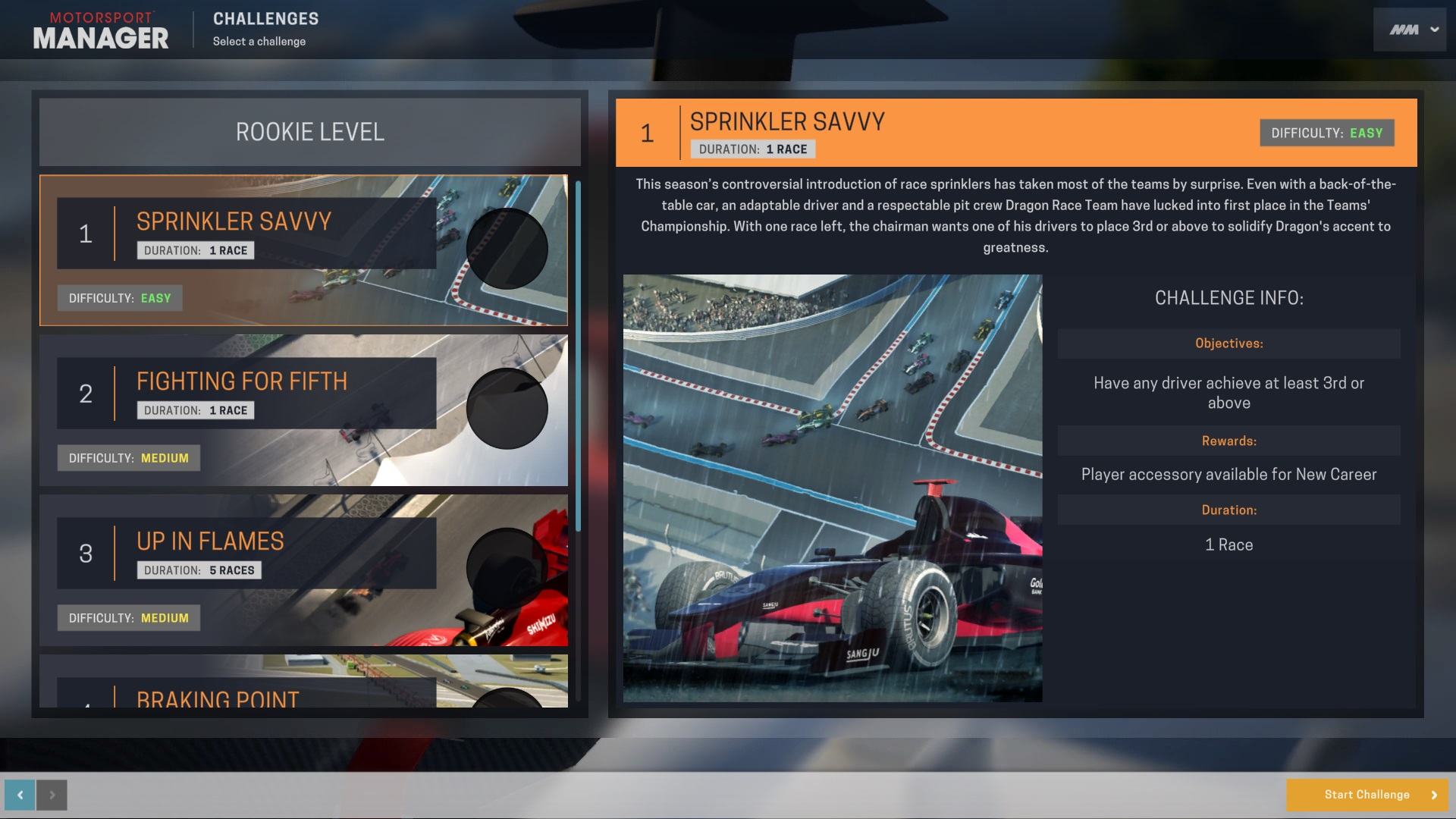
It was a lovely car and so easy to drive. Procter: “We barely had to change the tyres and I don’t remember the oil filler being opened once. Fortunately, the car ran with metronomic regularity. So Rootes’s hopes rested on the Harrington coupé. Truth is, the car was disqualified after oil was added before the regulation 25-lap interval - precisely to stop bearing failure. By half distance it was out of the race, according to Garrad “because of overdrive problems”, some period reports claiming it had run its bearings. This done, the car made the start, while the essentially stock sister car of Peter Jopp and Paddy Hopkirk was soon hobbled by overheating problems. Qualifying didn’t prove simple, scrutineers insisting that the rear wheels should be shrouded as they were not allowed to protrude beyond the bodywork. A huge filler cap in the rear side window led to a 22-gallon tank immediately behind the drivers, and in a quest for economy the 1652cc ‘four’ was fitted with twin downdraught Solex carbs instead of Webers in the run-up to the race. Unlike the regular Harrington coupés, the glassfibre roof fitted here featured a vent to the rear, Perspex side glazing affording additional weight loss. This incorporated an inlet for the oil cooler below the radiator inlet. In a major departure from the standard car, the ally nose area was unique, with recessed headlights and a very low front apron that went right back and below the sump. By the early ’60s the business incorporated a chain of Sussex Rootes dealerships and the firm was lent official blessing for an attractive GT variant of the Alpine, one of which was to form the basis for the Le Mans challenge.Īfter initial preparation at the Rootes Competition Department at Ryton, 3000 RW was sent to Hove where the doors, bootlid and bonnet were reskinned in aluminium. This Hove coachbuilder had found some fame during the earlier half of the century. Hedging their bets, the decision was made to enter two cars for the race proper: an outwardly standard one and another more distinctive variation.Įnter Thomas Harrington Ltd. The Sebring veterans - bumperless and wearing hard tops - proved desperately slow, the best overall time being 24 seconds behind a 1-litre Abarth. Then came the April Le Mans test weekend. Not the sort of publicity Rootes was after, but the US arm made the most of it, trumpeting how the Alpine had been fastest in its ‘price class’. Only one lasted the distance on the bumpy airfield circuit, Procter and Harper finishing third in class - behind two MGs. So three cars were dispatched to Florida in March ’61.

He was delighted that the car hadn’t broken.” Anyway, Garrad went back to the factory and informed Lord Rootes of how we’d got on. Garrad scolded us, saying, ‘What are you trying to do, blow it up?’, but the beauty of Rootes’s products was that while they weren’t the fastest cars out there they were reliable. We thrashed it for hours on end and I seem to remember us averaging around 100mph. If it didn’t break we would then get an entry for Sebring and Le Mans. Peter Harper and I were sent to the MIRA proving ground with a regular-bodied Alpine and told to drive it around there for 12 hours.


Procter recalls: “There was some doubt over whether or not we would do the 24 Hours. The suggestion of campaigning the Alpine at Le Mans was down to Rootes competition manager Norman Garrad who, together with young engineer (and future Ferrari sportscar ace) Mike Parkes, headed up the project from the end of 1960. That said, ‘production’ didn’t always mean ‘standard’. A remarkable achievement considering this was a steel-hulled production sportscar with a 1.6-litre pushrod engine up against purpose-built machinery.
#Motorsport manager underdog challenge drivers#
Perseverance doesn’t necessarily mean worthiness, but in this instance drivers Peter Procter and Peter Harper completed 2182 miles and averaged 91.4mph, spending just under nine minutes in the pits.

This was, after all, a prize created with the sole intention of ensuring the locals won something - anything - in the 24-hour Grand Prix d’Endurance, regardless of where they finished on the road.Īnd much ado was made of the ‘Index Energetique’ at home, the patience-challenging regulations being principally based on fuel efficiency using a formula relating to the distance covered over the 24 hours, the amount of fuel used and the weight of the vehicle. But, as expectation-defying acts go, the Rootes Competition Department’s victory in the concurrent Index of Thermal Efficiency with this Sunbeam Harrington Alpine should be celebrated, if for no other reason than for upsetting the French. It’s unlikely to feature in any roundup of motor racing milestones: 16th place and second in class at Le Mans 1961. Richard Heseltine goes back to its Rootes This Sunbeam Alpine shocked the French hosts by winning the Index of Thermal Efficiency at Le Mans. Sign-up now for access to a limited number of articles.


 0 kommentar(er)
0 kommentar(er)
